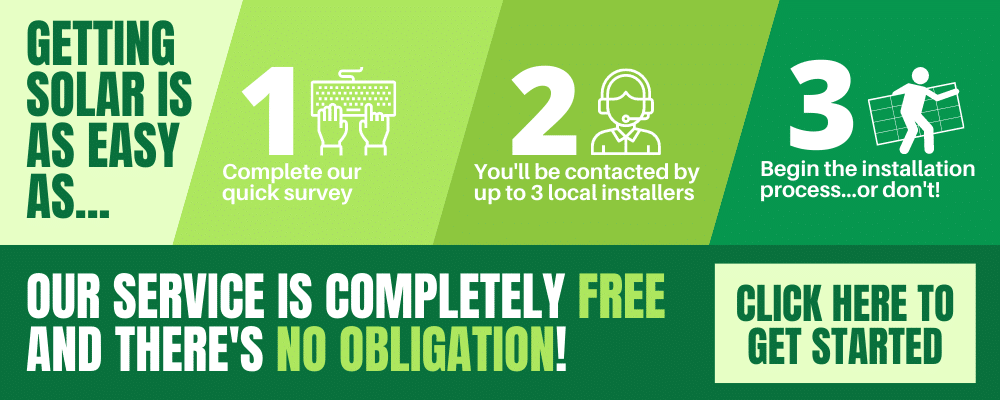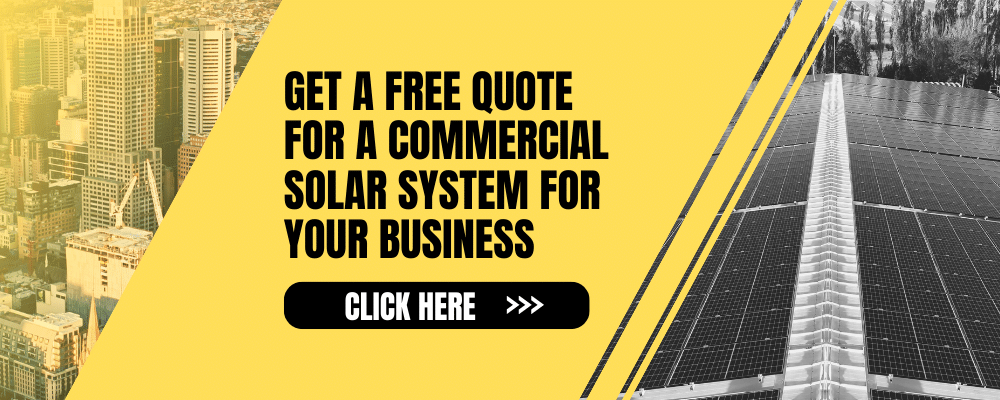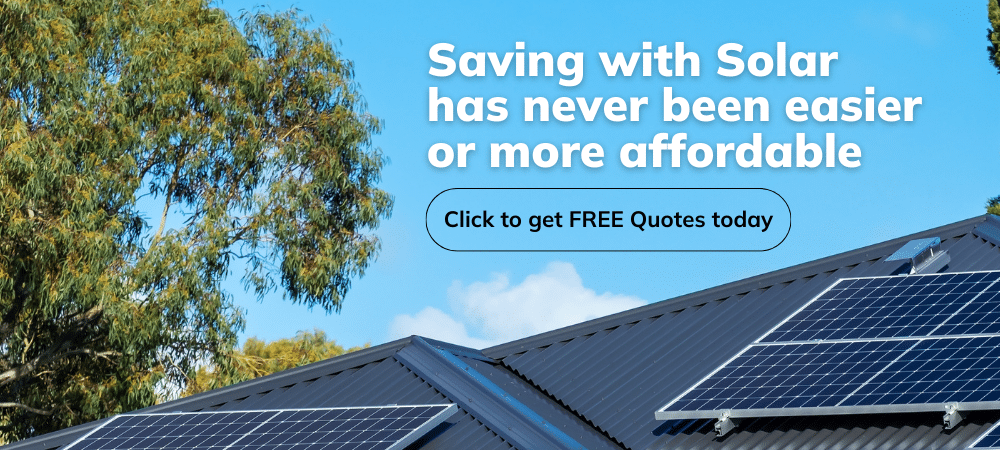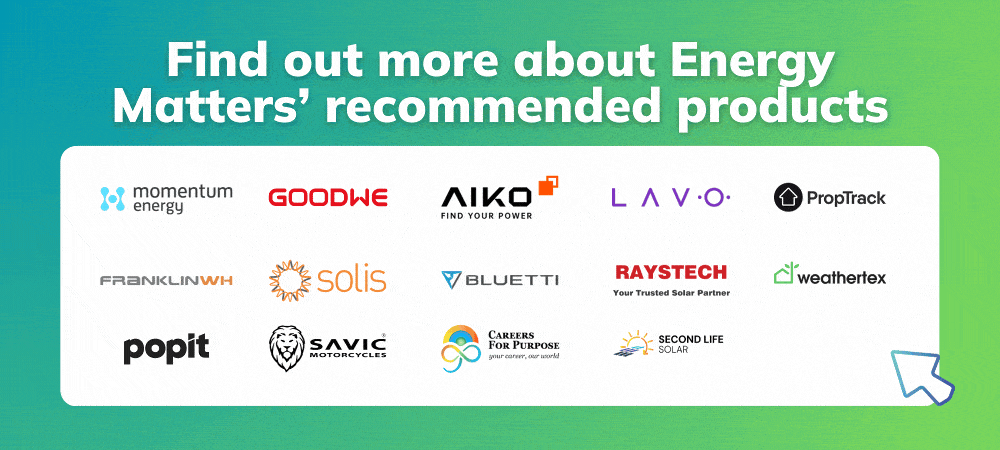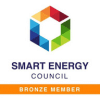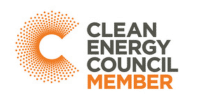Small-scale Technology Certificates (STCs) are a key part of Australia’s Renewable Energy Target (RET) and part of the Small-scale Renewable Energy Scheme (SRES). Under this initiative, each megawatt hour of qualifying renewable energy generation earns renewable energy certificates (RECs), which help reduce the cost of installing solar power systems.
For residential solar systems, STCs are the relevant RECs. These certificates provide a financial benefit and are directly linked to your solar installation.

On this page
What are Small-Scale Technology Certificates (STCs)?
Small-Scale Technology Certificates represent a tonne of carbon dioxide (CO₂) emissions that have been avoided through the use of renewable energy technologies like solar power. Each STC is issued for every megawatt-hour (MWh) of renewable electricity generated by an eligible system, with the goal of encouraging the adoption of clean energy and reducing carbon emissions. By converting the environmental benefit of a solar power system into a tradable certificate, STCs provide financial incentives to households and businesses to install renewable energy systems, thereby helping to meet Australia’s renewable energy targets and lower overall carbon footprints.
Did you know Energy Matters is Australia’s largest renewable news, blog and educational resource? Subscribe to Energy Matters’ weekly newsletter and keep updated even with incentives, rebates and recommended solar product offers.
What renewable energy products are eligible for STCs?
The following products are eligible for STCs:
- Solar panels
- Solar inverters
- Solar hot water systems
- Heat pump hot water systems
- Small-scale wind turbines
- Small-scale hydro systems
Batteries (with the exception of integrated battery systems), electric vehicles, and EV chargers are NOT eligible for STCs.
How do Small-Scale Technology Certificates work in Australia?
STCs are issued for solar power systems, including solar panels installed in Australian homes. These certificates can be redeemed for a discount on the upfront cost of your solar system. The value of an STC fluctuates based on market conditions.
Solar installers will usually simplify this process by including the value of your STCs directly in your quote. They handle the registration and sale of the STCs on your behalf, saving you the hassle of dealing with paperwork. This means you get an immediate discount on your system.
On installation day, you assign your STCs to your installer, and they register them with the Renewable Energy Regulator. The installer manages the recoupment of their value, ensuring you don’t have to wait for the process to be completed.
STC Value and zoning: What affects your discount?
The amount you can receive from the STC scheme is influenced by three factors:
- Zoning (where you live)
- STC market value (which fluctuates)
- Deeming period (which decreases annually)
Zoning
Australia is divided into several zones based on the solar generation potential of each region. Your zone determines the STC rating for your location. Here’s a breakdown of the current zone ratings for 2025:
- Zone 1 – 1.528
- Zone 2 – 1.468
- Zone 3 – 1.332
- Zone 4 – 1.184
To calculate how many STCs you’re eligible for, use this formula:
Solar system size (kW) x Postcode Zone Rating x Deeming Period (years) = Number of STCs (rounded down)
Deeming period
The deeming period is the number of years over which your solar system will earn STCs. This period decreases each year as the scheme phases out, aiming for full termination by 2030.
For 2025, the deeming period is 6 years, and it will continue to reduce by one year annually. As the deeming period shortens, fewer STCs are awarded, resulting in a smaller discount for solar installations in future years.
How much are your STCs worth?
To calculate the value of your STCs, multiply the number of STCs you are eligible for by the current market value of an STC. The value fluctuates, but as of January 21, 2025, the average market value is $39.90 per STC.
Example:
If you install a 5 kW system in Melbourne (Zone 2) in 2025, the calculation would look like this:
- System size: 5 kW
- Zone rating: 1.468
- Deeming period: 6 years
Using the formula:
5 kW x 1.468 x 6 = 44.04 STCs (rounded down to 44 STCs)
The value of the STCs:
44 x $39.90 = $1,755.60
This means that, in 2025, you could receive a discount of around $1,755.60 on your solar system installation, depending on the exact location and system size.
To estimate the number of STCs your solar installation may qualify for, you can use the STC calculator provided by the Clean Energy Regulator.
The impact of reduced STC subsidies over time
As the deeming period reduces each year, the number of STCs available for future installations will decrease, leading to a gradual reduction in the upfront subsidy. This makes it important to consider installing solar now, while the benefits are still relatively high.
Can I redeem the STCs myself?
While it is possible to claim the STCs yourself, this process requires you to pay the full upfront cost of your solar system and manage the registration and sale of the STCs through the government market. This can take time and involves additional administrative steps.
Solar installers and retailers offer a simpler alternative. By assigning your STCs to them at the point of sale, they handle the registration and sale, ensuring you get an immediate discount and save on the red tape.
Frequently asked questions
Is this really a rebate?
The STC scheme is not a traditional rebate but a subsidy that provides a point-of-sale discount on solar system purchases.
Who is eligible for the STC scheme?
The STC scheme is open to homeowners, small businesses, and community groups. Schools and other non-profit organisations are also eligible.
Does the scheme cover off-grid systems?
Yes, the STC scheme applies to both grid-connected and off-grid solar systems.
Does the STC scheme cover battery storage?
Battery storage systems do not earn additional STCs, but you can still receive STC benefits for your solar system if purchased as part of a solar package.
Can I install the panels myself?
No, only accredited installers can sign off on STCs to ensure the system meets required standards.
Does the STC scheme apply to wind power or micro-hydro systems?
Yes, the scheme also applies to wind and micro-hydro systems that meet the necessary criteria.
What is the purpose of STCs in the renewable energy sector?
STCs serve as financial incentives to encourage installing small-scale renewable energy systems, such as solar panels and solar water heaters, by reducing the upfront costs for consumers.
Are STCs available for both residential and commercial solar installations?
Yes, residential and commercial installations of eligible small-scale renewable energy systems can earn STCs, making renewable energy more accessible across various sectors.
How are STCs different from Large-Scale Generation Certificates (LGCs)?
STCs are issued for small-scale installations (typically under 100 kW), while LGCs are designated for large-scale renewable energy projects exceeding 100 kW.
Will STCs be phased out in Australia?
Yes, the STC scheme is scheduled to be gradually phased out, concluding in 2030, with the number of STCs decreasing yearly until then.
What changes are expected in the STC scheme in the coming years?
The STC scheme will continue its annual reduction in the number of certificates issued per installation until it concludes in 2030, reflecting the diminishing deeming period.
How will the reduction of STCs affect the cost of solar systems?
As the number of STCs per installation decreases annually, the upfront cost of solar systems may rise, potentially reducing the financial incentive for new installations.
What are the alternatives to STCs if the program ends?
After the STC program concludes, alternatives may include state-based incentives, feed-in tariffs, or other government initiatives aimed at promoting renewable energy adoption such as:
- The NSW solar rebate program helps reduce the upfront cost of solar installations, allowing more households to transition to renewable energy. Learn more about the eligibility criteria and how to use the NSW solar rebates, incentives and schemes here.
- Victoria offers one of Australia’s most generous solar rebate programs, helping residents cut down on energy bills and reduce their carbon footprint. If you’ve previously claimed a rebate, you may wonder whether you can apply again for additional solar incentives. Discover the latest updates on the Victorian solar rebate and find out if you’re eligible for another round of savings here.
How do STCs compare to international renewable energy incentives?
STCs are similar to renewable energy certificates in other countries, providing financial incentives to encourage the adoption of renewable energy technologies.
Energy Matters is here to guide you every step of the way. Energy Matters is one of Australia’s most trusted solar quotes due to our high customer satisfaction and industry recommendations. Our team of solar experts can help you get up to 3 FREE solar quotes from pre-qualified and vetted solar firms in your area.





